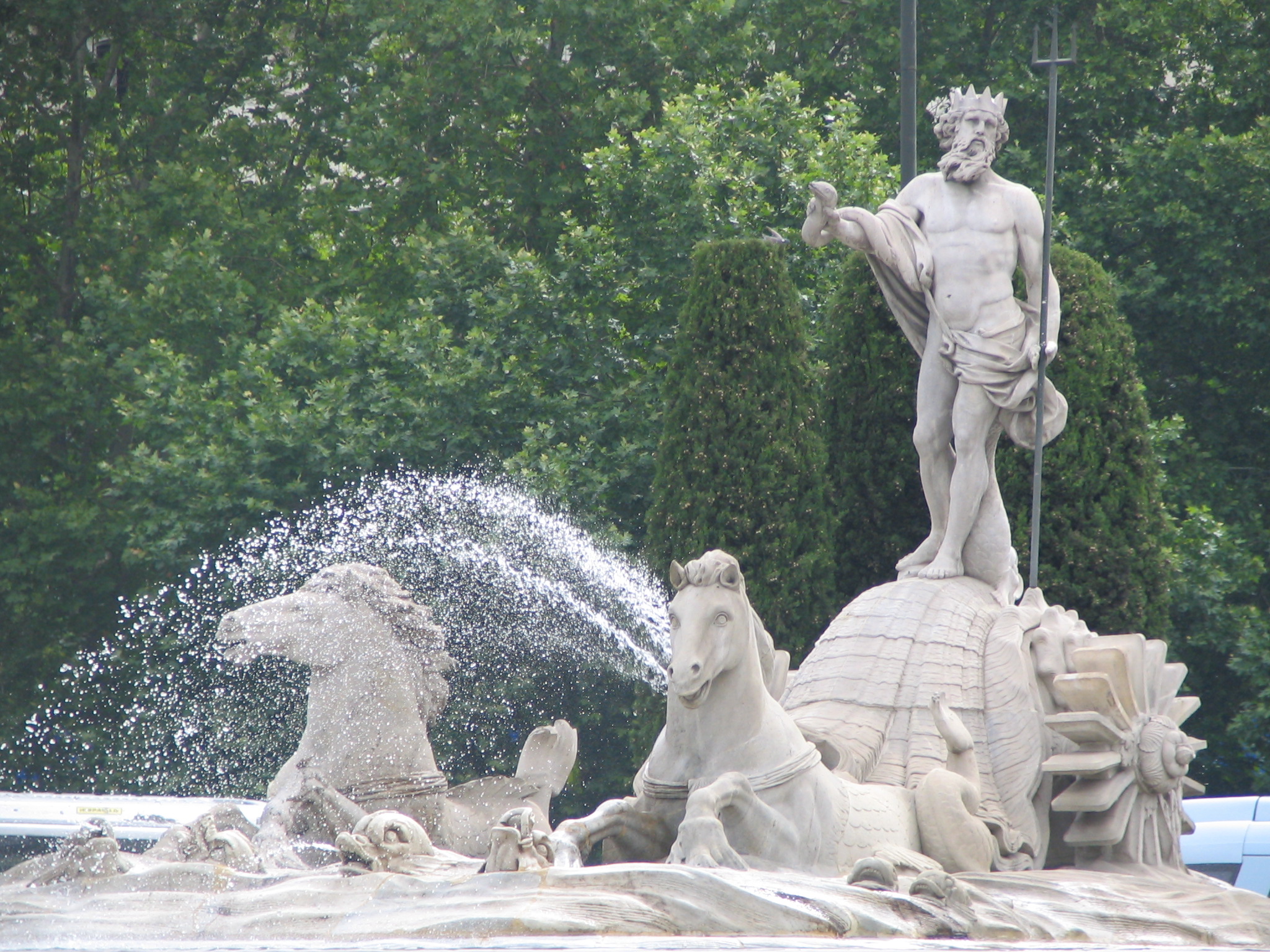Juan Pascual De Mena on:
[Wikipedia]
[Google]
[Amazon]
 Juan Pascual de Mena (1707 in
Juan Pascual de Mena (1707 in
Biography
@ the ''Diccionario Biográfico Español'',
 Juan Pascual de Mena (1707 in
Juan Pascual de Mena (1707 in Villaseca de la Sagra
Villaseca de la Sagra is a municipality located in the province of Toledo, Castile-La Mancha, Spain. According to the 2006 census (INE
INE, Ine or ine may refer to:
Institutions
* Institut für Nukleare Entsorgung, a German nuclear research c ...
– 16 April 1784, in Madrid
Madrid ( , ) is the capital and most populous city of Spain. The city has almost 3.4 million inhabitants and a metropolitan area population of approximately 6.7 million. It is the second-largest city in the European Union (EU), and ...
) was a Spanish sculptor in the Neoclassical style.
Life and work
When he was barely five years old, his family moved to Madrid. He began his studies there and soon made contact with the foreign sculptors, mostly French, who worked at decorating the Royal buildings, and was exposed to new styles originating in Italy, transmitted by Spaniards studying in Rome; notably Felipe de Castro. It is not, however, known with whom he studied. In 1730, he married Josefa Fernández Pillado. He participated in planning theReal Academia de Bellas Artes de San Fernando
The Real Academia de Bellas Artes de San Fernando (RABASF; ), located on the Calle de Alcalá in the heart of Madrid, currently functions as a museum and gallery. A public law corporation, it is integrated together with other Spanish royal acad ...
and, in 1752, when it opened, he was appointed a Lieutenant-Director, becoming the Director of Sculpture in 1762. In 1765, his wife died, leaving him with a young daughter. Three months later, he married Juliana Pérez. In 1771, he was appointed General Director of the Academia. He was named an Academician of Merit at the Real Academia de Bellas Artes de San Carlos
The Real Academia de Bellas Artes de San Carlos de Valencia (Spanish for ''Saint Charles Royal Academy of Fine Arts of Valencia'') has been a Spanish Art school in Valencia since 1768.
History
The institution is deemed to be the follow-on instit ...
in 1768.
He was very prolific. His most notable sculpture in marble is the Fountain of Neptune, from a design by Ventura Rodríguez
Ventura Rodríguez Tizón (July 14, 1717 – September 26, 1785) was a Spanish architect and artist. Born at Ciempozuelos, Rodríguez was the son of a bricklayer. In 1727, he collaborated with his father in the work at the Royal Palace of Aranj ...
. Notable is a bust of King Charles III
Charles III (Charles Philip Arthur George; born 14 November 1948) is King of the United Kingdom and the 14 other Commonwealth realms. He was the longest-serving heir apparent and Prince of Wales and, at age 73, became the oldest person to ...
and several statues of previous kings for the Royal Palace of Madrid
The Royal Palace of Madrid ( es, Palacio Real de Madrid) is the official residence of the Spanish royal family at the city of Madrid, although now used only for state ceremonies.
The palace has of floor space and contains 3,418 rooms. It is the ...
. Additionally, he provided numerous religious figures for institutions such as the Church of San Jerónimo el Real
Saint Jerome the Royal (in Spanish ''San Jerónimo el Real'') is a Roman Catholic church from the early 16th-century in central Madrid (Spain).
The church, which has undergone numerous remodelings and restorations over the centuries is the remain ...
, the Church of San Marcos, and the Church of San Martín in Torrecilla en Cameros
Torrecilla en Cameros is a village in the province and autonomous community of La Rioja, Spain
, image_flag = Bandera de España.svg
, image_coat = Escudo de España (mazonado).svg
, national_motto = ''Plus ultr ...
. As one of his last works, he participated in decorating the altar at Toledo Cathedral
, native_name_lang =
, image = Toledo Cathedral, from Plaza del Ayuntamiento.jpg
, imagesize = 300px
, imagelink =
, imagealt =
, landscape =
, caption ...
, but there has been some difficulty distinguishing his contributions from those of the other artists involved. The project was left unfinished at his death.
He also sculpted in wood. Many of his works have been incorrectly attributed to his contemporary, Luis Salvador Carmona
Luis Salvador Carmona (1708, Nava del Rey – 1767, Madrid) was a Spanish Baroque sculptor who came from a family of artists.
Biography
His parents were of modest means, but when he showed artistic aptitude, they sent him to Segovia to study. ...
; a problem complicated by the fact that few of them are dated.
Sources
* F. Sánchez Cantón, "Escultura y pintura del siglo XVIII", in ''Ars'' XVII, 1965. * M. E. Gómez Moreno, ''Breve historia de la escultura española'', Imprenta de Blass, 1951.External links
* Juan Nicolau CastroBiography
@ the ''Diccionario Biográfico Español'',
Real Academia de la Historia
The Real Academia de la Historia (RAH, 'Royal Academy of History') is a Spanish institution in Madrid that studies history "ancient and modern, political, civil, ecclesiastical, military, scientific, of letters and arts, that is to say, the diff ...
{{DEFAULTSORT:Mena, Juan Pascual de
1707 births
1784 deaths
Spanish sculptors
Spanish male sculptors
Religious sculptures
People from the Province of Toledo